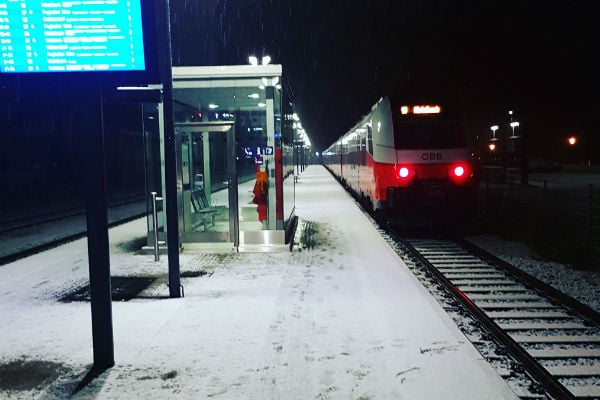Germany was lashed by hurricane-force winds and snow on Friday, leaving at least one driver dead, thousands without power and more than 100 flights cancelled.
After milder temperatures in Austria in the last few days, the mercury will drop and mountainous regions will see heavy snowfall – up to 60cm in some alpine areas.
Carinthia and Styria will also have plenty of snow over the weekend – with Klagenfurt and Graz forecast to have up to 15cm of fresh snow. Several accidents have already been reported in Carinthia due to the snowy conditions.
At altitudes of 800 metres, up to 40cm of snow is expected. Snow is also forecast north of the Alps, from Vorarlberg to the south of Lower Austria. The capital, Vienna, may also get a light blanket of the white stuff.
On Sunday, maximum temperatures in Austria won’t be above 0C, and temperatures will continue to fall next week.




 Please whitelist us to continue reading.
Please whitelist us to continue reading.